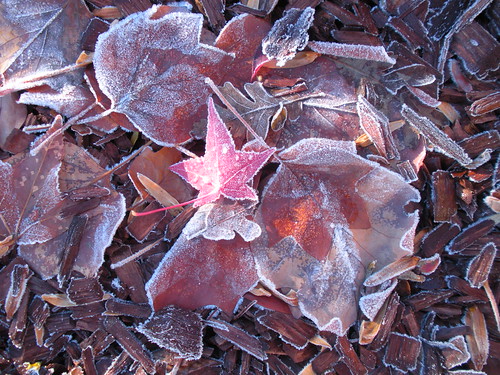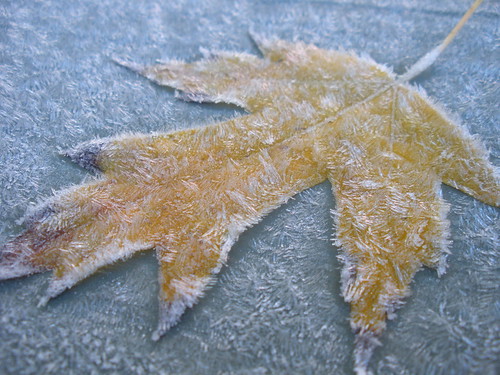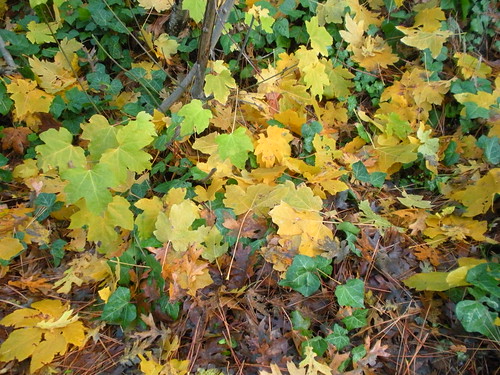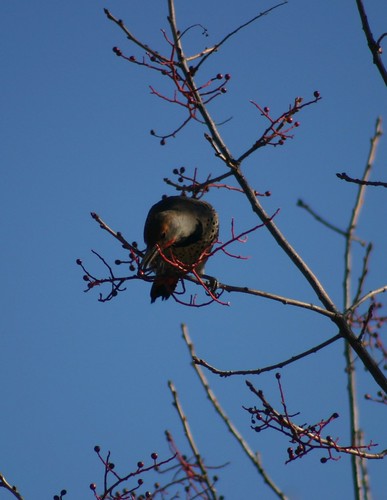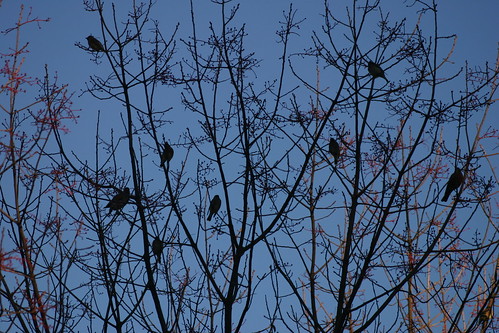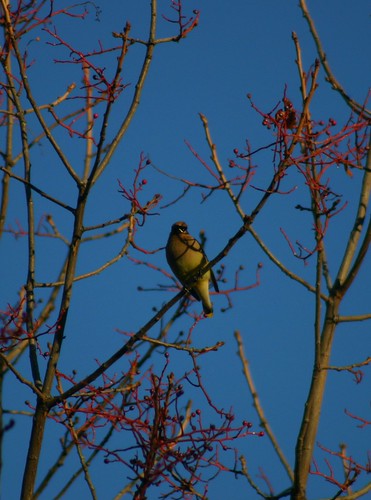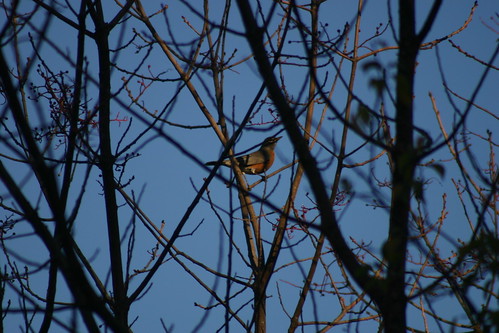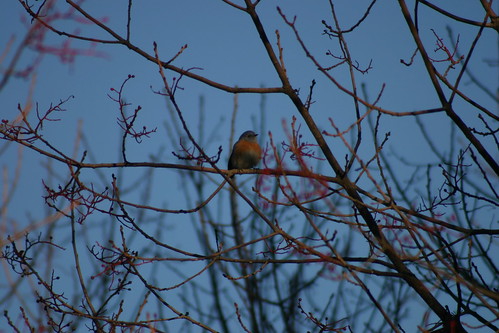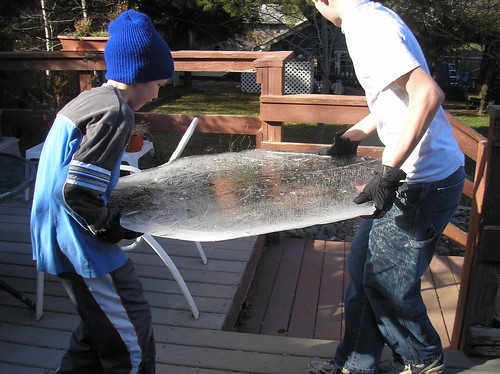
Today's post is a mix of ideas and reminders.
In anticipation of turning the calendar to a new month, I am making up my to-do lists and preparing my new 2011 calendar for its binder. (If you are looking for a wonderful organizational tool/planner/calendar, you might want to check out Mom's Tool Belt.)
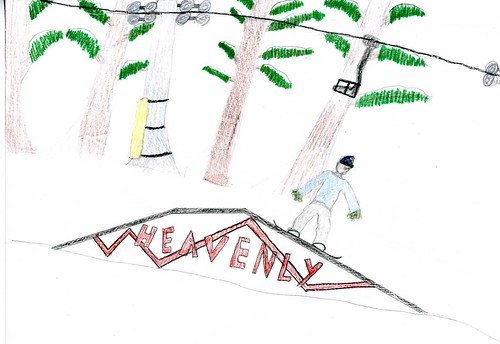
Here are a few nature study related things I added to my calendar:
1. Make some of these birdfeeders for our backyard.
2. Work on the plans for our new flower garden....color, color, color.
3. Finish identifying and recording my Yosemite wildflowers from last summer and put them on my Yosemite Wildflower blog.
4. Keep track of where the sun rises and sets in December along with my son's astronomy course.
5. Go snowshoeing with my husband, at least once.
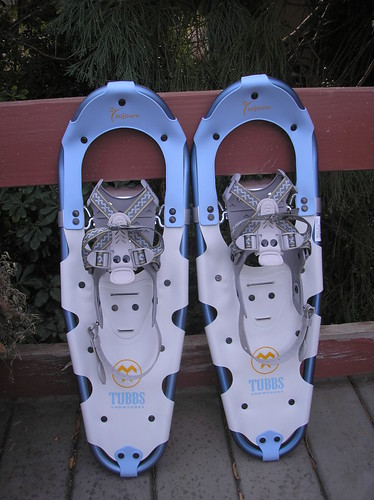
I added on my Outdoor Hour Challenge goals for December:
1. Finish updating the Winter Nature Study ebook from last year and build my Winter Series Squidoo page for extra items. (I am updating the calendar dates and the broken links on last year's Winter ebook.)
2. Finish the notebooking pages for the Winter Wednesday series...I decided this would give us something new to use for our winter nature study even if we had already completed this series before. You can see some of the new resources on my Winter Wednesday Squidoo page that I am working on as well.
Also, Many of you may not be aware of some of my additional resources related to nature study so I will link them here for you to take a look at when you have a minute.
Drawing With Children-Nature Journal Style: Complete plans for working through this book and relating it to your nature study.
Nature Journals: Some simple ideas for nature journals and some helpful links.
Harmony Art Mom: If you would like to see all the resources I have written for Squidoo, you can look on this page.









